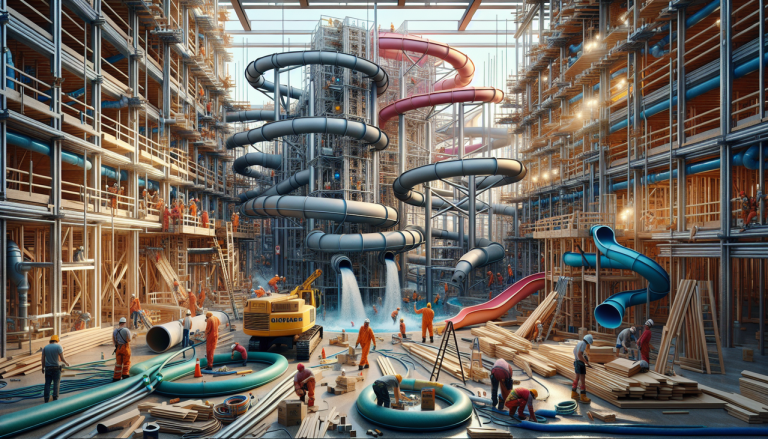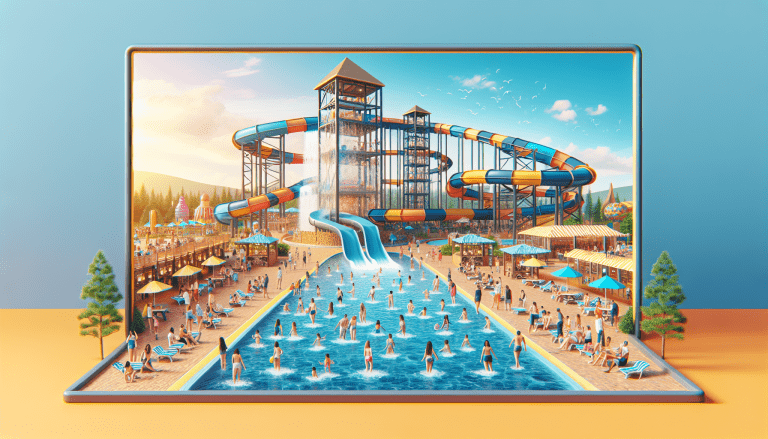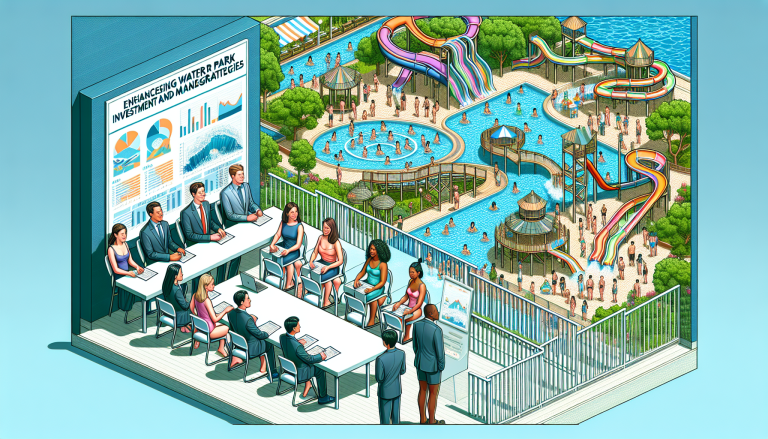Avoid These 5 Water Park Management Misunderstandings
Audio:
Text:
Many operators who are new to managing water parks often encounter various problems when operating water park equipment. These issues can affect their income and leave them feeling bewildered. They soon realise that running a water park is not as simple as they initially thought. However, seeing other water parks thriving can be perplexing. Identifying business problems is crucial to finding the right solutions and overcoming crises.
Below is a brief analysis of several major misunderstandings that may be encountered in the operation of a water park project.
Misunderstanding 1: Lack of Necessary Market Research
Some investors, driven by a competitive mindset of “bigger is better,” believe that substantial capital investment will yield rich returns, ignoring the relationship between investment and the market. As the investment scale increases, so does the number of tourists needed to maintain the normal operation of the water park. This is particularly challenging in third- and fourth-tier cities, where the population and economic capacity are relatively insufficient to support oversized water park equipment. For instance, a new water park in Hunan aimed to build the world’s largest water park, planning an area of 1,000 acres, with a wave pool occupying an astonishing 200 acres.
In recent years, some investors have noticed the strong overall domestic amusement market demand and have launched water park projects without considering local market development laws. This often leads to vicious competition among local water parks, resulting in unnecessary waste of funds. For example, in 2017, five water parks opened or were about to open in Chengde, Hebei. In a third- and fourth-tier city like Chengde, what can support the simultaneous operation of five water parks?
Misunderstanding 2: Unreasonable Planning and Poor Tourist Flow
Some developers allocate large budgets to purchasing water amusement equipment but invest insufficiently in water park design, theme packaging, and water park management. This results in unreasonable flow planning, poor tours, and even the entire park being under the scorching sun in summer, leading to a poor tourist experience and high complaint rates. For example, a water park in a fourth-tier city in Zhejiang imported a full set of water amusement equipment from Canada, with construction costs reaching 400 to 500 million yuan, making investment recovery indefinite. Another example is a water park in Guizhou, which did not consider summer shading, leading to shading problems becoming the most complained issue after one year of operation.
Misunderstanding 3: High Ticket Prices and Low Revisit Rates
According to the “Water Park Consumption Survey Report” in the 2015 Bulletin of Jiangsu Province, 85% of water park tickets cost more than one hundred yuan, and secondary consumption is too high. Some developers hope to quickly recover costs through high ticket prices, but excessively high prices often exceed tourists’ psychological tolerance, becoming a “blocker” for tourists to visit the water park.
Misunderstanding 4: Lack of Themed Packaging and Limited Appeal
Although the construction of water parks across the country has been extremely popular in recent years, most developed water parks lack distinctive themes and cultural creativity. They often consist of pure water amusement equipment, using real estate development and construction ideas and techniques for planning, construction, and water park management. This leads to serious homogeneity among some water parks, insufficient overall attractiveness, and limited market appeal.
Misunderstanding 5: Single Product Portfolio and Seasonal Effect
One of the biggest characteristics of water parks is their strong seasonality and relatively short operating hours. Every summer, tourists flock to the park, but in winter and spring, the park can only be closed. The operating time of water parks in various provinces is typically about 3-6 months. The single product attribute makes the water park distinct in winter and summer, with a pronounced seasonal effect.






